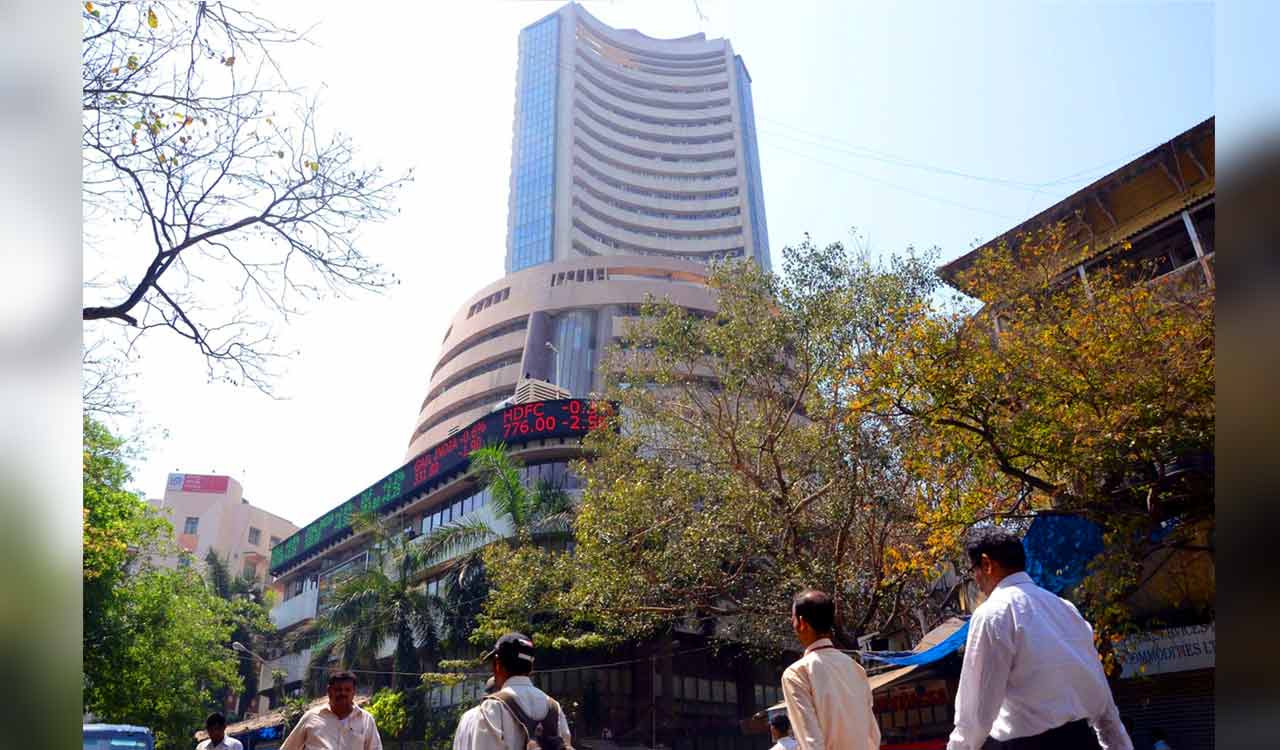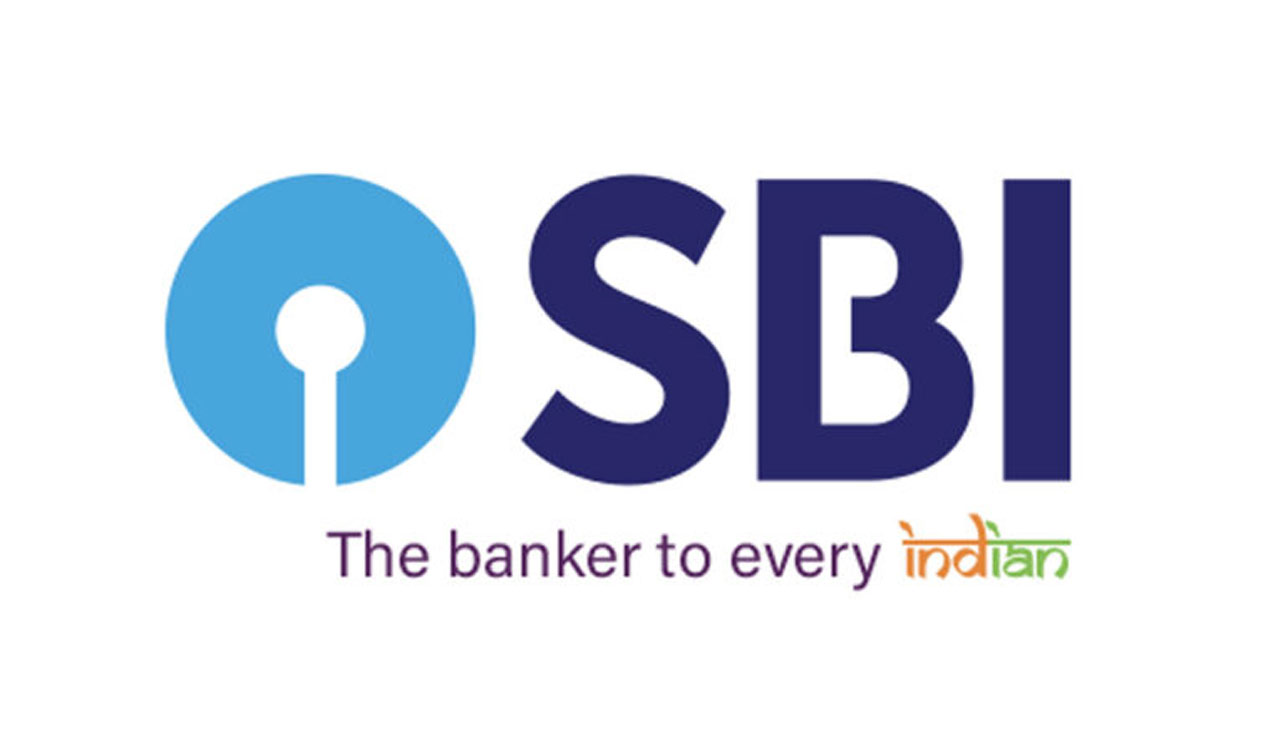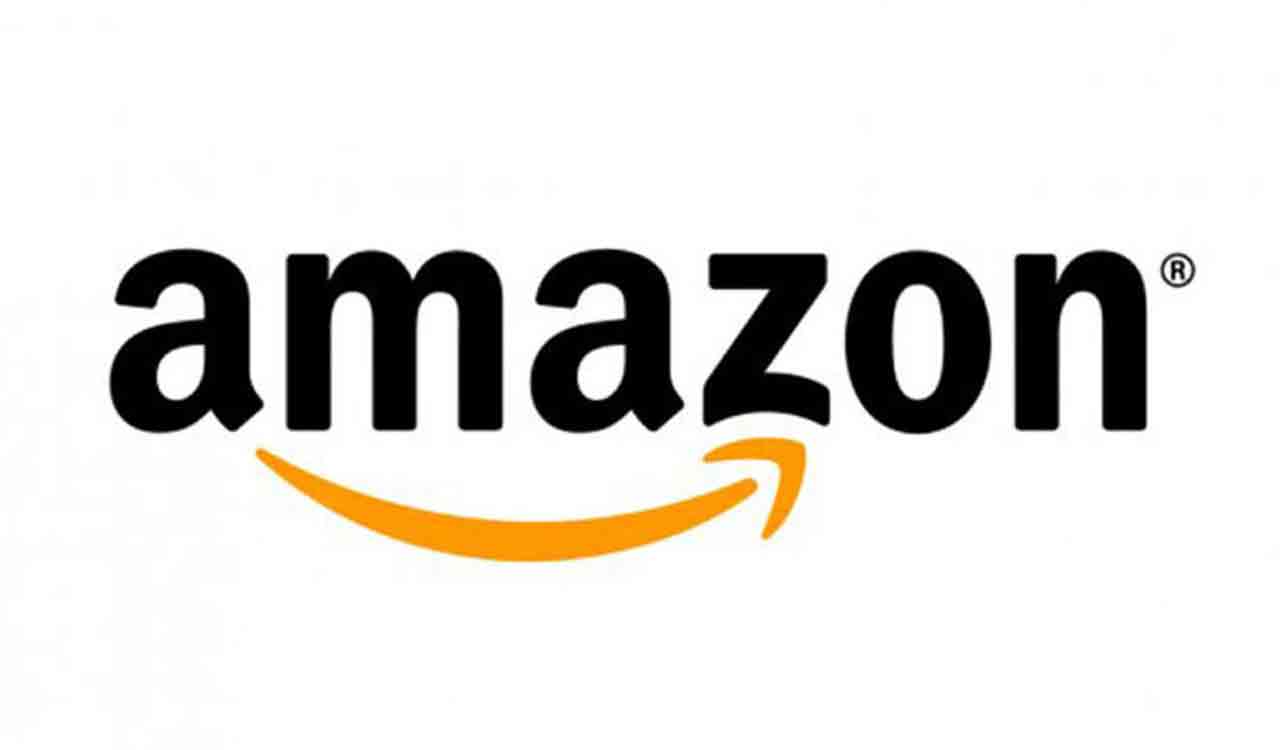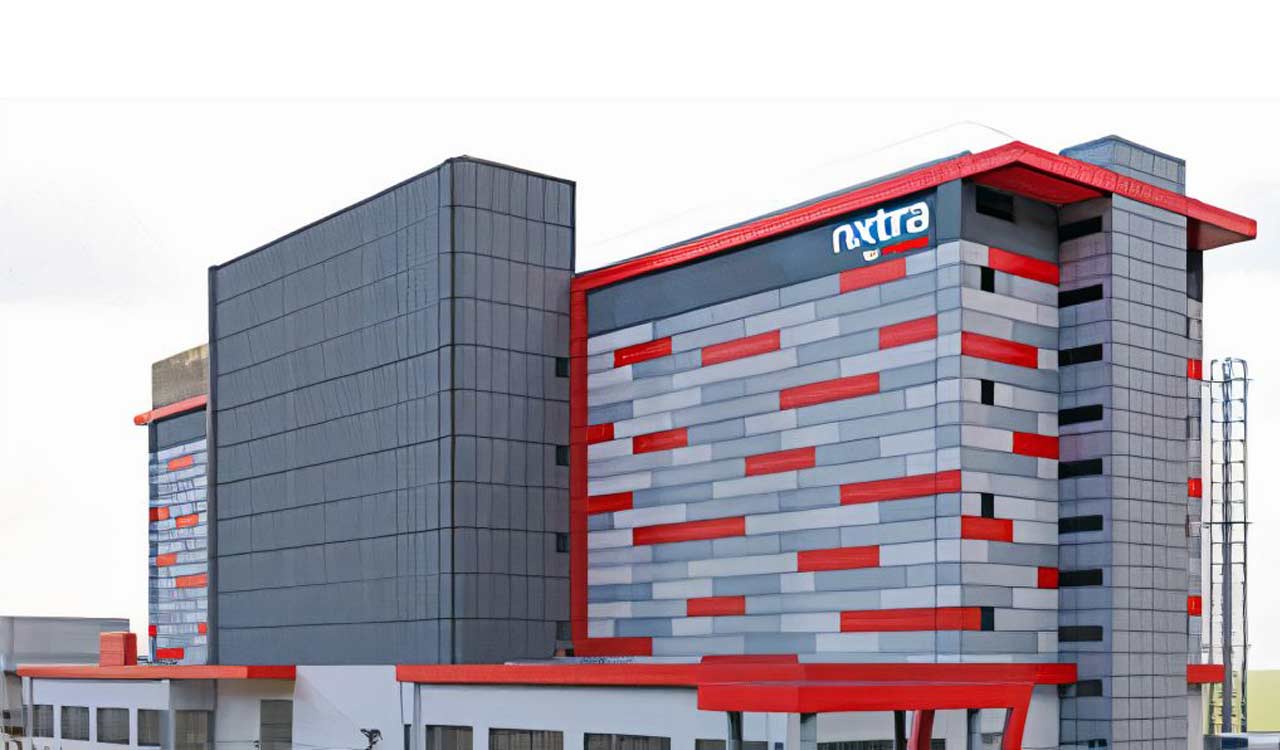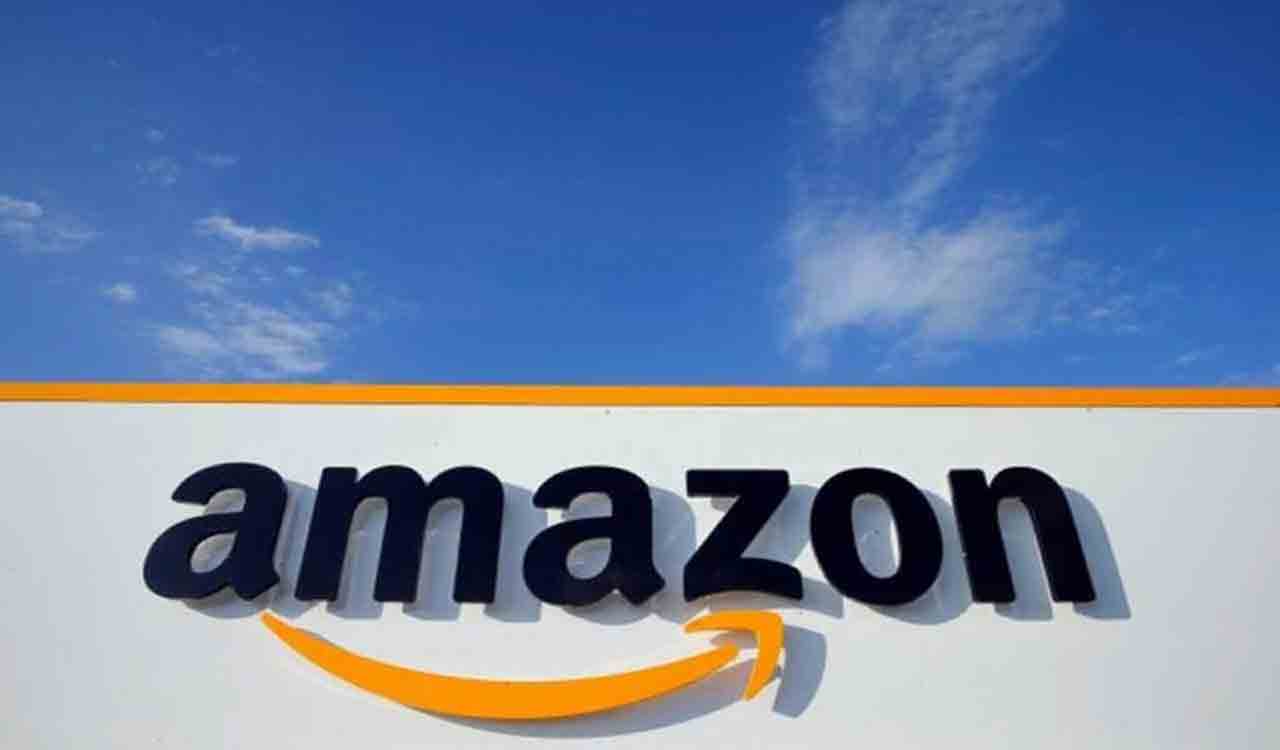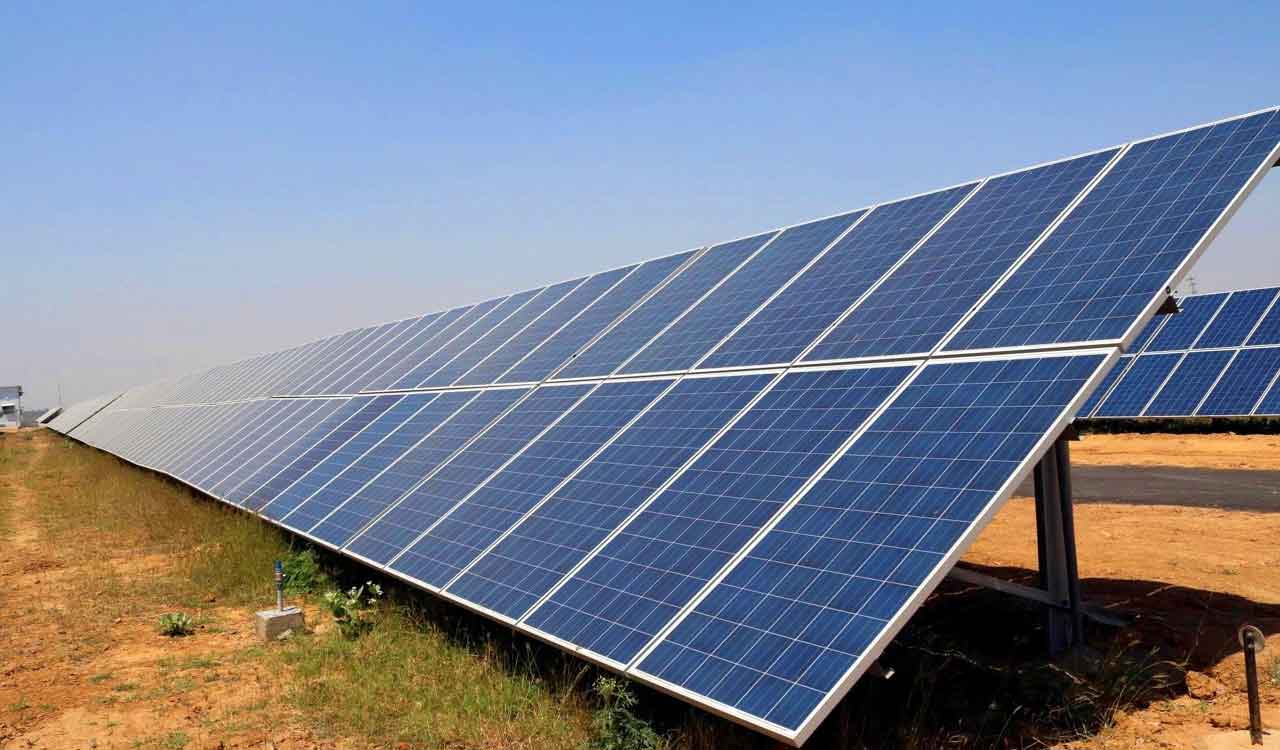India’s import of cheap Russian oil plunged to lowest in seven months in August as monsoon rains dampened demand
Published Date – 01:40 PM, Sun – 3 September 23

Representational Image
New Delhi: India’s import of cheap Russian oil plunged to lowest in seven months in August as monsoon rains dampened demand, industry data showed.
The world’s third largest oil consumer reduced imports from Russia for a third consecutive month in August. It took 1.46 million barrels a day from Russia in August, down from 1.91 million barrels purchased in the previous month, according to data from energy cargo tracker Vortexa.
Indian refiners also cut imports from Iraq, another top supplier, to 866,000 barrels per day from 891,000 bpd. Some of those volumes were replaced by a short surge in imports from Saudi Arabia, which jumped to 820,000 bpd from 484,000 bpd in July, the data showed.
From a market share of less than 1 per cent in India’s import basket before the start of the Russia-Ukraine conflict in February last year, Russia’s share in India’s imports hit a peak of about 2 million bpd in May, as refiners vied for heavily discounted shipments.
Following Moscow’s invasion of Ukraine in February last year, Russian oil was sanctioned and shunned by European buyers and some in Asia, such as Japan. This led to Russian Urals crude being traded at a discount to Brent crude (the global benchmark). The discount on Russian Urals grade has however narrowed from levels of around USD 30 a barrel in the middle of last year to less than USD 10 per barrel.
Indian refiners, who convert crude oil extracted from below ground into finished products such as petrol and diesel, are now the biggest buyers of Russian oil as Chinese imports have maxed out due to a massive electrification of vehicles and demand issues in a shaky economy.
Indian refiners ramped up purchases from less than 2 per cent of their entire buys in pre-Ukraine war times to 33 per cent to capture the discounted oil.
India’s oil imports from the UAE also dropped to 273,000 bpd in August from 290,000 bpd in the previous month. Purchases from the US were also down at 160,000 bpd from 219,000 bpd in July.
India’s overall crude imports, which declined 7 per cent in August to 4.35 million barrels a day, are likely to pick up from October as product demand will gather pace in the fourth quarter.
“Several Indian refiners have planned maintenance scheduled across September to November, which could cap their crude imports. But festive demand in Q4 is expected to boost domestic demand, which coupled with robust export margins, is expected to see an uptick in India’s crude imports for the remainder of the year,” said Vortexa’s head of Asia-Pacific analysis Serena Huang.
India’s imports from Iraq have remained relatively flat month-on-month in August, while arrivals from Saudi Arabia have increased by over 55 per cent.
“Refiners have raised imports from Saudi Arabia off the back of strong refinery runs and lower refinery supplies from Russia. Given tight crude supplies from Saudi Arabia, it remains to be seen whether imports from Saudi Arabia can be sustained at this level,” she added.
Before Russia’s invasion of Ukraine in February last year, India was a minor importer of Russian crude, with purchases of about 44,500 barrels per day (bpd) in the 12 months to February 2022.






